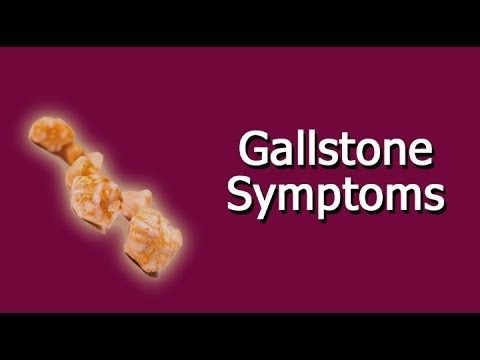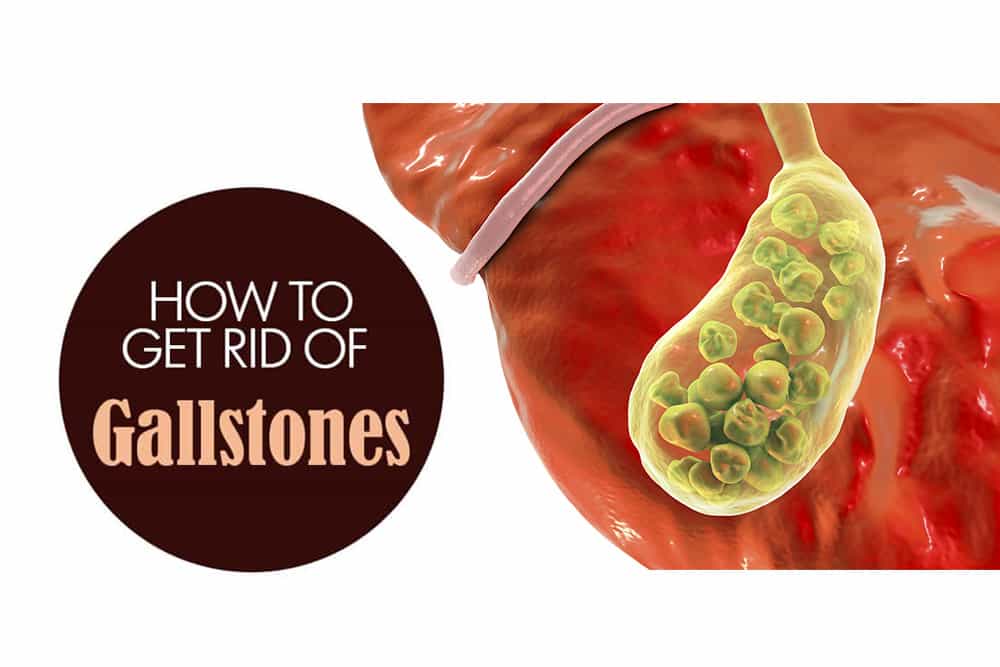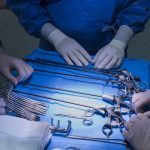The classical symptoms are abdominal discomfort, typically after a heavy meal or after taking fatty food. This discomfort will be felt in the upper abdomen, either in the midline, or beneath the rib-cage on the right side. The discomfort can range from just a sensation of indigestion or bloating, to actual intermittent colicky pain. Sometimes, the pain may radiate to the back over the right shoulder.
If a gallstone lodges in a duct and causes a blockage, the resulting signs and symptoms may include:
- Sudden pain in the upper right area of your abdomen (right hypocondrium)
- Sudden pain in the center of your abdomen, below your breastbone (epigastric region)
- Back pain irradiate to right shoulder
- Nausea
- Vomiting
Fortunately, for most people with gallstones, the gallstones are actually silent, as in the patients do not complain of any symptoms.
What are gallostenes?
Gallstones develop when substances in the bile (such as cholesterol, bile salts, and calcium) or substances from the blood (like bilirubin) form hard particles that block the passageways to the gallbladder and bile ducts.
Gallstones also tend to form when the gallbladder doesn’t empty completely or often enough. They can be as small or as large.
Gallstone disease is common in developed countries affecting up to 20% of adults. About 10-15% of the adult Western population will develop gallstones, with between 1% and 4% a year developing symptoms.
For a small proportion of people with gallstone disease, the stones irritate the gallbladder or block part of the biliary system, and this can cause symptoms such as pain, infection and inflammation. If these symptoms are left untreated, gallstones can cause more serious and in some cases life threatening conditions such as biliary colic/cholecystitis, cholangitis, pancreatitis (inflammation of pancreas) and jaundice.
What are the type of gallostenes?
Gallstones occur when there is an imbalance in the chemical constituents of bile that results in precipitation of one or more of the components. There are two types of gallstones:
Cholesterol stones: they are usually yellow/green in color. They represent the most common kind, accounting for 80% of gallstones.
Pigment stones: they are smaller and darker. They are usually made out of bilirubin.
When to see a surgeon…
Make an appointment with your surgeon if you have any signs or symptoms that worry you.
Doctors may suspect gallstones based on a person’s symptoms, especially in someone who is at high risk for gallbladder disease. A simple physical examination in the outpatient clinic may also suggest gallbladder disease. The surgeon, for instance, usually presses gently with his fingers just below the ribs on the right side of the chest. That area often is tender in people with gallbladder disease. Blood tests also can show signs of obstructed ducts.
Two tests can diagnose most cases of gallbladder disease with great accuracy, an abdominal ultrasound and/or abdominal/cholangio-MR.
Some patients with gallstones have no symptoms, and may require no treatment. For individuals who are having symptoms, surgery to remove the gallbladder is the most common treatment.
Surgery for gallstone disease is called cholecystectomy. During this procedure, the surgeon removes the gallbladder and the stones inside it. Surgery is a cure for gallbladder disease.
People can live normally without a gallbladder and do not need a change in diet or a special diet. When the gallbladder is removed, the liver continues to make bile. Instead of being stored in the gallbladder, however, the bile flows directly into the small intestine.
There are two ways of removing a diseased gallbladder:
- Laparoscopic surgery (a newer surgical procedure)
- Open surgery (traditional surgery)
What is laparoscopic surgery?
Laparoscopic surgery, also sometimes known as keyhole surgery, is a minimally invasive technique that uses a tool known as a laparoscope to visualize and perform medical procedures. A laparoscope is a long, fine cable which has a high-resolution camera and high-intensity light at the end. As the cable passes through the body, the camera sends images to an external video monitor. This allows the surgeon to see what is happening internally without needing to make a large incision and open up the patient. Nowadays is the standard, or most commonly used, surgery. About 95% of gallbladder surgery is done in this way. It is called “minimally invasive” because the incisions are very small. Patients thus have less pain after surgery, shorter hospital stays, and can resume normal activities sooner. Scars from a laparoscopic cholecystectomy are barely visible.
- Surgery is done with a general anesthetic. In the operation, the surgeon makes several small incisions in the abdomen. The holes are used to insert instruments to perform the surgery.
- One incision is used to insert the laparoscope, a pencil-thin device that contains a miniature video camera, power light, and channels for inserting mini-surgical instruments. The camera sends a magnified image to a television monitor, giving the surgeon a clear view of internal organs.
- The surgeon watches the monitor image while locating the gallbladder, separating it from the liver, ducts, and other nearby structures. Then he uses mini-scissors, clamps, and other tools to detach the gallbladder from the liver and its other attachments. The gallbladder is removed from the body through one of the incisions.
- Patients receive pain medicine after awakening from the anesthetic. Pain, however, is not severe. Patients usually stay in the hospital only one/two nights. They can start eating a normal diet the day after surgery. Most can resume normal daily activities 3 to 5 days after surgery.
What is open surgery?
A traditional cholecystectomy is called “open” surgery because the surgeon removes the gallbladder through a 5-inch to 8-inch incision in the abdomen just below the ribs. Open surgery is done in only about 5% of cholecystectomies.














